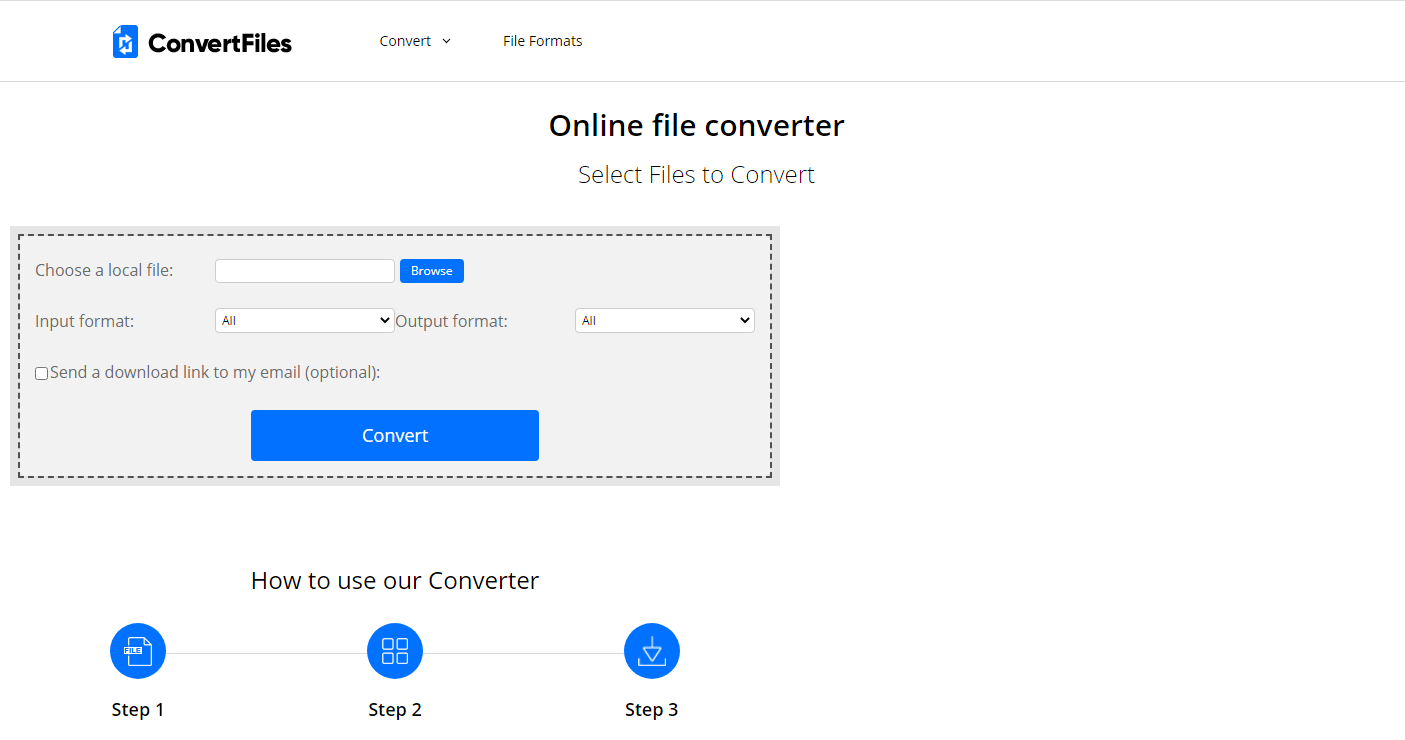

- MAC HOW TO CONVERT EXE TO MAC FORMAT FOR MAC
- MAC HOW TO CONVERT EXE TO MAC FORMAT MAC OS X
- MAC HOW TO CONVERT EXE TO MAC FORMAT MAC OS
- MAC HOW TO CONVERT EXE TO MAC FORMAT PDF
MAC HOW TO CONVERT EXE TO MAC FORMAT PDF
Set a file name for the output PDF and select a location to save to, then click "Export". On the newly opened "Export Your Document" dialog, set the image quality and choose "Next". Go to the "File" tab on top and choose "Export to" on the drop-down menu. If you don't have the Pages app installed, just go to the Apple's App Store, search for "Pages", and click "GET IT" to download and install it for free. Double-click the Pages file you desire to convert and the Pages app will automatically open it. Moreover, we can easily convert a Pages document to PDF in Pages.

Since the Pages files are created by Apple Pages, the Pages app can surely open and edit this file type.
MAC HOW TO CONVERT EXE TO MAC FORMAT FOR MAC
The Microsoft Word for Mac - Pagesīeing a powerful Word processor on OS system to create and manage text-related documents, Pages has been called "the Microsoft Word for Mac".

How to Convert Pages to PDF on Mac Option 1. Convert Pages to PDF on Windows Option 1. If then echo "File $fname updated with mode $mode." else echo "Conversion failed return code $?.Part 1. * ) # - Not strictly needed since mode is checked first.Įcho Invalid mode $mode.aborting. Perl -pi -e 's/\r\n|\n|\r/\r/g' "$fname" # Convert to old Mac Perl -pi -e 's/\r\n|\n|\r/\n/g' "$fname" # Convert to UNIX # sed -e 's/\r$//' -i '' "$fname" # DOS to UNIX (removing CRs) # sed -e 's/$/\r/' -i '' "$fname" # UNIX to DOS (adding CRs) # Plus, these variants are more universal and assume less. # unix2dos ) # sed does not behave on Mac - replace w/ "todos" and "tounix" If then echo Input file $fname may be a binary file.aborting. # - If the OS thinks it's a binary file, abort, displaying file information. If then echo Input file $fname does not exist.aborting. If then echo Invalid mode $mode.aborting. If then usage fiįor checkmode in $modes do if then validmode=yes fi done

# - Check there are 1 or 2 arguments or print usage. # - If 2 arguments use as mode and filename
MAC HOW TO CONVERT EXE TO MAC FORMAT MAC OS
Modes="unix2dos dos2unix todos tounix tomac"Įcho "NOTE: The tomac mode is intended for old Mac OS versions and should not be"Įcho "The file is modified in-place so there is no output filename."Įcho "The script does try to check if it's a binary or text file for sanity, but"Įcho "Symbolic links to this script may use the above names and be recognized as" # = The script does use the file command to test if it is a text file or not, # = can be omitted - it is inferred from the script name. # = If SCRIPT is one of the modes (with or without. # = MODE is one of unix2dos, dos2unix, tounix, todos, tomac
MAC HOW TO CONVERT EXE TO MAC FORMAT MAC OS X
The following is a complete script based on the above answers along with sanity checking and works on Mac OS X and should work on other Linux / Unix systems as well (although this has not been tested). You can either run unix2dos on your DOS/Windows machine using cygwin or on your Mac using MacPorts. Mac OS X is Unix based and has the same line endings as Unix. In Mac text files, prior to Mac OS X, line endings exist out of a In Unix text files lineĮndings exists out of a single Newline character which is equal to a DOS Line Feed (LF) character. In DOS/Windows text files line endings exist out of a combination of two characters: a Carriage Return (CR) followed by a Line Feed (LF). Regular files, such as soft links, are automatically skipped, unless conversion is forced.ĭos2unix has a few conversion modes similar to dos2unix under SunOS/Solaris. The Dos2unix package includes utilities "dos2unix" and "unix2dos" to convert plain text files in DOS or MAC format to UNIX format and vice versa. You probably want unix2dos: $ man unix2dosĭos2unix - DOS/MAC to UNIX and vice versa text file format converterĭos2unix


 0 kommentar(er)
0 kommentar(er)
